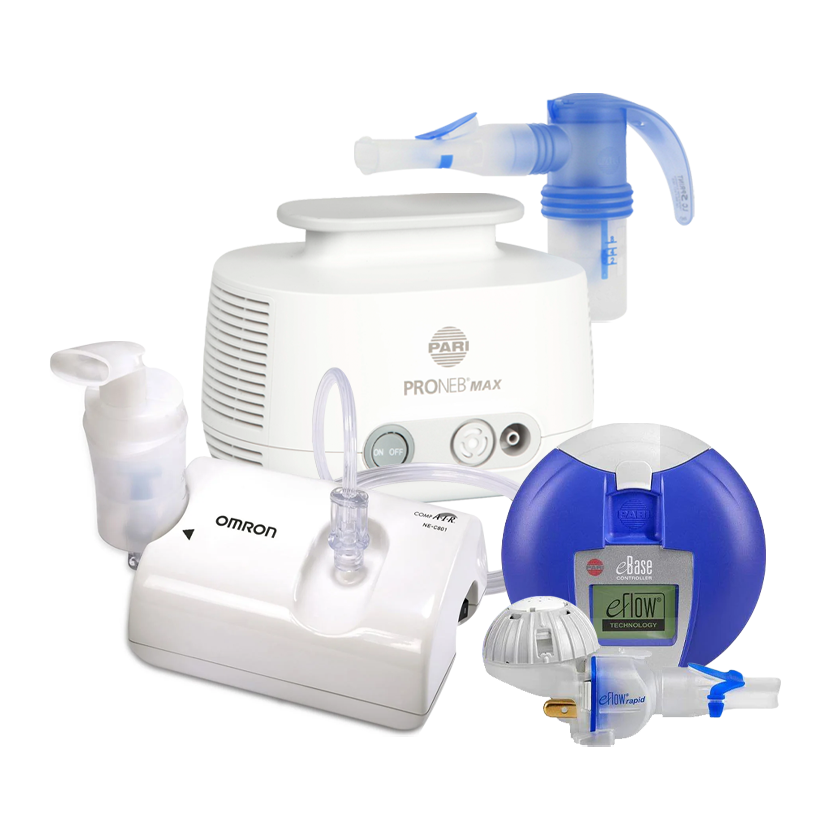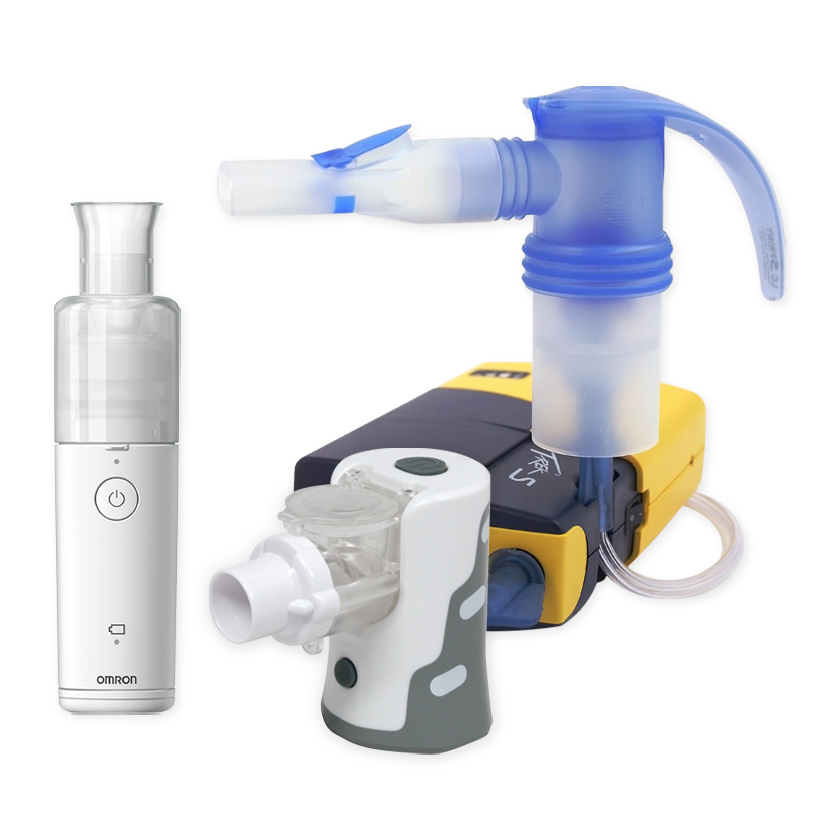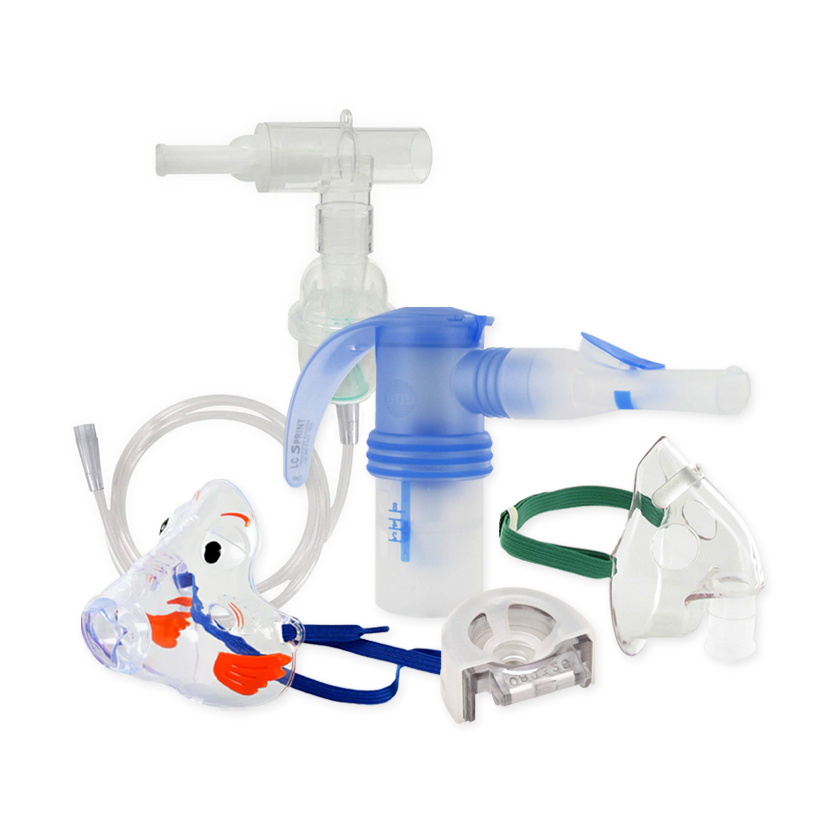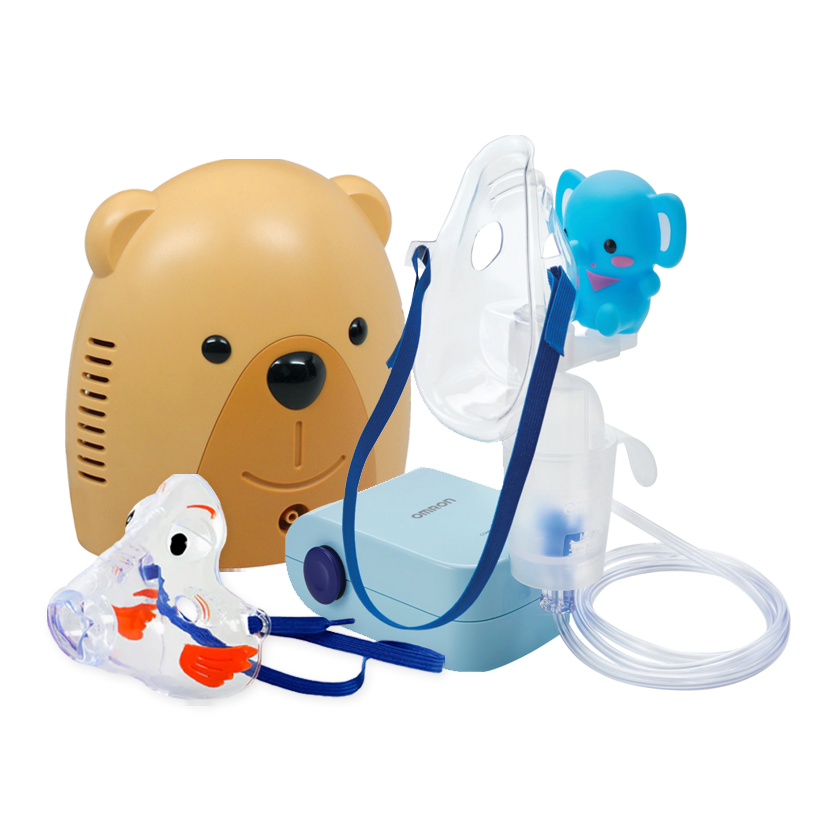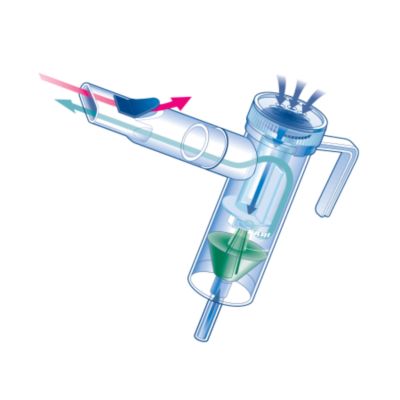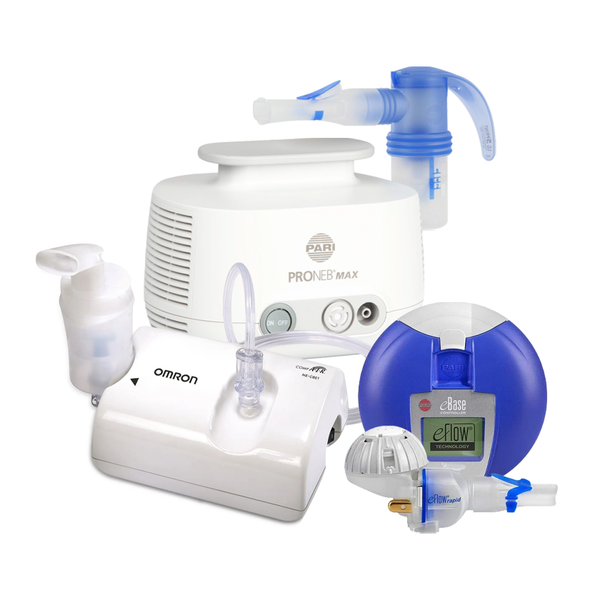Your Cart is Empty
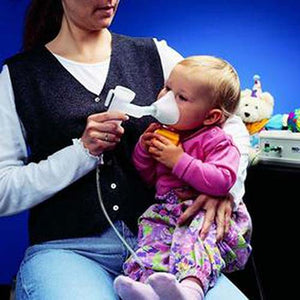

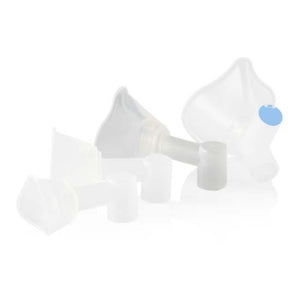
PARI Baby Reusable Nebulizer Set
J-P22F91
$39.95
- ▼The Details
-
- Compatible with most standard compressor nebulizer systems
- Treatments can be given lying down, sitting in a lap or stroller, or standing
- Easy to clean: dishwasher safe, may be boiled too
- This is a reusable nebulizer set, but still must be replaced every 6 months
- ◄What's in the Box
-
- Reusable nebulizer (8 ml capacity),
- PARI Baby® mask
- Elbow adapter
- 7' of tubing
- Instructions
- ◄Specifications
-
Attribute Details COLOR White WARRANTY Six-month warranty MANUFACTURER PARI MANUFACTURER ITEM CODE P22F91 PRESCRIPTION Required RETURN RESTOCKING FEE 15%: 30-60 days from date of purchase; FREE within 30 days REUSABLE OR DISPOSABLE Reusable INTENDED USE Pediatric PACKAGE Nebulizer and Pediatric Mask - ◄Additional Info
-
This PARI nebulizer set has been designed specifically for babies and young children as young as the age of 1. The PARI design combines efficient aerosol delivery with practical application. The only tight fitting (non-latex) mask designed for use in the delivery of Pulmicort Respules (AstraZeneca), but is suitable for all approved nebulizer solutions. Rotatable elbow piece allows for multiple delivery positions, giving you the option to administer nebulizer treatments lying down, sitting in a lap or stroller, or standing. This set utilizes a soft, comfortable, reusable silicon mask with minimal dead space. No increase in respiratory effort required from your young one. This reusable nebulizer lasts 6 months and is dishwasher safe and boilable.
What's in the box: reusable nebulizer (8 ml capacity), PARI Baby® mask, elbow adapter, 7' of tubing, instructions.
Please see our blog post about the difference between reusable and disposable nebuilzer sets.
Jet Nebulization Technology
PARI LC® Reusable Nebulizers feature the first ever breath-enhanced jet nebulizer design to efficiently deliver inhalation medicine to your lungs. This baby reusable neb kit works best with a PARI LC® nebulizer pictured below.
How It Works:
1. Air from the compressor breaks the liquid medication into small breathable particles which form a mist (aerosol).
2. As you breathe in– the valve at the top opens– letting air in and speeding up the mist generation.
3. When you breathe out, the top valve closes, slowing down the mist and the mouthpiece flap opens letting your breath out.
Inspiration/Expiration Illustrations
When breathing in, the inspiratory valve at the top of the nebulizer opens to allow entrained air to increase the flow of medication to the lungs.
When breathing out, the inspiratory valve closes, reducing medication production and thus reducing medication waste. The expiratory valve also opens, directing the breath away from the patients face.

